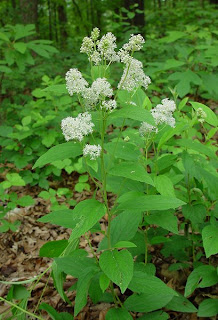PINE

Latin Name: Pinus sylvestris
Family: PINACEAE
Parts Used: Knots in wood, inner bark, needles, young buds, pitch.
Properties: Analgesic, Anticatarrhal, Antioxidant, Antiseptic, Antispasmodic, Antiviral, Demulcent, Diuretic, Expectorant, Stimulant, Tonic.
Internal Uses: Acne, Blood Clots, Bronchitis, Cough, Croup, Emphysema, Fever, Laryngitis, Rheumatoid Arthritis, Sinusitis, Tonsillitis, Tuberculosis
Internal Applications: Tea, Tincture, Capsules, Syrup, Lozenges
Only the bark is antioxidant. Pine helps dry dampness, fight infection, and promote the healing of tissues.
Internal Applications: Tea, Tincture, Capsules, Syrup, Lozenges
Only the bark is antioxidant. Pine helps dry dampness, fight infection, and promote the healing of tissues.
Topical Uses: Arthritis, Boils, Congestion, Eczema, Insomnia, Nervous Breakdown, Psoriasis, Scabies, Splinters, Wounds
Topical Applications: Compress for bronchitis, rheumatism, pneumonia, nephritis and sciatica. Bath for sore muscles, arthritic limbs, insomnia and nervous debility. Compress for wounds. Use in inhalants for respiratory congestion. Tar used in ointments for eczema and psoriasis and also used as a poultice to draw out splinters and to bring boils to a head. Pine cones make good tinder for starting a fire. Pine needles are woven into baskets.
Culinary uses: Pine nuts are considered a delicacy. The inner bark is edible in emergency situations, and the needles can be chewed and spit out as a survival food.
Energetics: Bitter, Warm.
Chemical Constituents: Lignan, coniferin, triterpenes, pinipricin, tannins, resin, Vitamin C, beta carotene.
Comments: Pines, being an evergreen, are a symbol of eternal life. The Iroquois believed Pine trees symbolized a balanced life as their shape reminded them of praying hands reaching for the sky. In 1534, when the French explorer Jacques Cartier landed at the Saint Lawrence River, many of his crew had died of scurvy. Native Americans saved the survivors with a tea made from Pine needles, which contains vitamin C. The genus name is from Latin.
Pine is a Bach Flower Remedy for those filled with guilt and self blame.
The common name Pine includes the species Pinus tabulaeformis, Pinus strobus, Pinus pinaster, Pinus pinea, Pinus nigra, Pinus contorta, Pinus palustris (used in China and called Sheng-sung-Chih) and other Pinus species, which are used interchangeably with Pinus sylvestris.
Pine is a Bach Flower Remedy for those filled with guilt and self blame.
The common name Pine includes the species Pinus tabulaeformis, Pinus strobus, Pinus pinaster, Pinus pinea, Pinus nigra, Pinus contorta, Pinus palustris (used in China and called Sheng-sung-Chih) and other Pinus species, which are used interchangeably with Pinus sylvestris.

